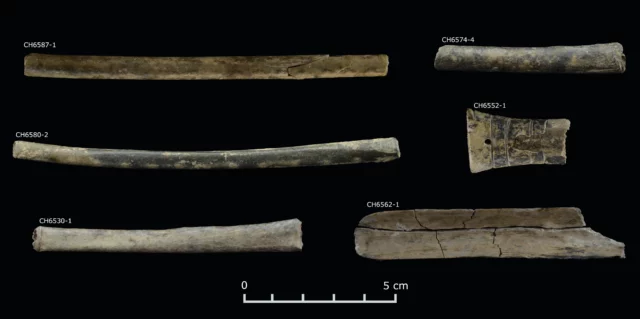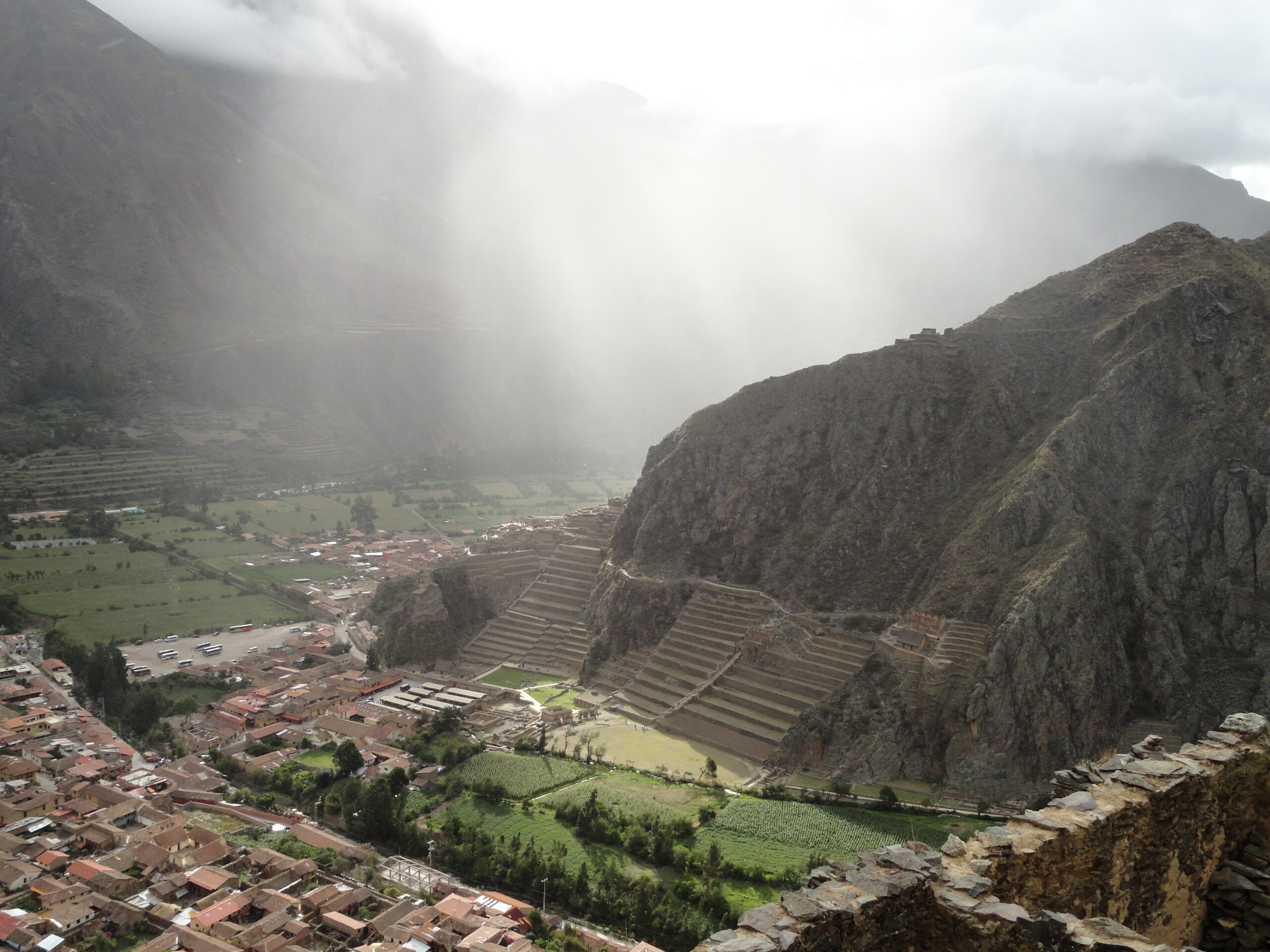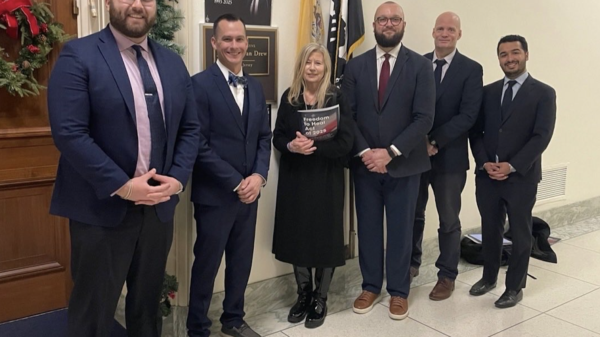Latin American and U.S. Archaeologists working in Peru have uncovered hidden rooms that they suspect were used for exclusive psychedelic drug parties. They are estimated to be about 2,500 years old, pre-dating the Incan empire by several centuries.
The researchers, based out of the University of Florida, Stanford and unspecified South American schools, claim their discovery is the oldest irrefutable evidence of psychoactive plant usage in the Peruvian Andes.
Inside the chamber, they found vilca bean residue — known to contain the psychedelic compound and DMT derivative bufotenin, along with trace amounts of 5-MeO-DMT and pure DMT.
It was identified on a collection of snuff tubes made from bone, along with nicotine from tobacco plants, indicating that the ancient Peruvian psychonauts were snorting a powerful psychedelic powder of sorts. These bones came from birds and deer, primarily.
The drug administering tools of antiquity were discovered in 2017 and 2018 before undergoing chemical analyses to determine their history. They and the chamber network were uncovered at the UNESCO World Heritage Site known as Chavín de Huántar.

Image credit: Daniel Contreras
Only the elite would get invited to partake
The scholars say that not just anyone would get invited to participate in the consciousness-altering festivities within the chambers. Only the elite of the Chavín culture would.
“The tubes are analogous to the rolled-up bills that high-rollers snort cocaine through in the movies,” University of Florida archaeologist, Daniel Contreras, explained in a statement sent to Live Science. He is one of the authors of a new study published about the discovery in the Proceedings of the National Academy of Sciences (PNAS) journal.
“It was part of a tightly controlled ritual, likely reserved for a select few, reinforcing the social hierarchy,” Contreras said in an article from the University of Florida.
He has spent decades examining the site where the chambers were discovered alongside a team led by Stanford professor emeritus, John Rick.
Psychedelics have long been an integral part of Peruvian culture. In the nation’s section of the amazon, Indigenous groups like the Shipibo have been using the DMT-infused ayahuasca brew for ceremonial and healing purposes for thousands of years.
In the Andes Mountains, Q’ero natives use their shamanic healing practices on those under the influence of the mescaline-bearing cactus San Pedro. The plant gets boiled and served in liquid form.
Psychedelic tourism is big business in the country, attracting thousands of travellers every year. Graham Hancock, Jake Paul, Lindsay Lohan, Sting, Jim Carrey, Woody Harrelson and Megan Fox are famous people known to have visited for this purpose.
There are countless psychedelic retreat centres throughout Peru. Many are trustworthy, but several are only concerned with making money.
Read more: DMT extracted from Brazilian root shows remarkable efficacy for treating depression
Read more: Mescaline drug developer Neural Therapeutics closes funding needed for CSE listing
Follow Rowan Dunne on LinkedIn
rowan@mugglehead.com














Mellisa Baez
May 9, 2025 at 12:19 am
My partner was diagnosed with Parkinson’s almost 5 years ago. His disease has progressed significantly in the past year, and he begun to have delusions. He also had side effects from carbidopa/levodopa, which we decided to stop, and our primary physician decided he should start on PD-5 formula 4 months ago. He now sleeps soundly, works out frequently, and is now very active since we started him on the PD-5 formula. It doesn’t make the Parkinson’s disease go away, but it did give him a better quality of life.